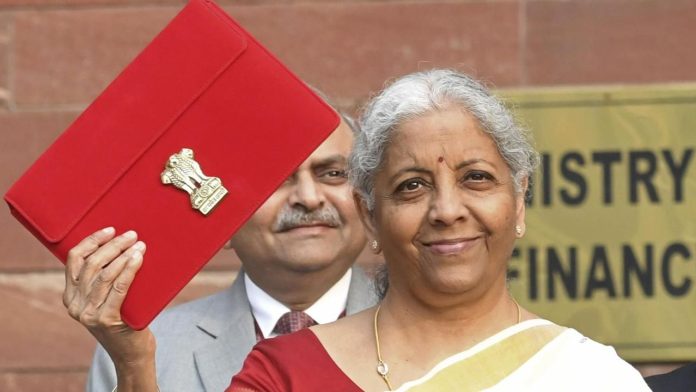India’s 2025-26 budget places a strong emphasis on tax cuts to stimulate domestic demand, support the middle class, and promote economic growth. The government aims to boost key sectors like agriculture and clean energy to drive long-term development.
Tax cuts to stimulate middle-class spending
On Saturday, Finance Minister Nirmala Sitharaman revealed major changes to India’s income tax structure. Individuals earning up to 1.28 million rupees (approximately £11,700) per year will no longer pay income tax. The government raised the threshold from 700,000 rupees to allow more people to benefit from this tax relief.
Additionally, the government reduced tax rates for those earning above the new threshold. Sitharaman explained that these changes will let people keep more of their earnings. This should encourage higher spending, savings, and investment. With global economic uncertainties ahead, boosting domestic demand is critical.
The tax cuts will reduce Treasury revenue by 1 trillion rupees (about £11 billion), according to Reuters. However, the government believes that the increase in domestic consumption will offset this loss.
Supporting agriculture and rural development with tax incentives
The budget includes significant support for agriculture. The government launched a nationwide programme to promote high-yield crops like pulses and cotton. Sitharaman stated that this initiative will benefit at least 17 million farmers and improve food security.
The government will also increase subsidised credit for farmers, raising it from $3,460 to $5,767. These measures aim to help farmers improve their financial situation and invest in modern farming methods.
Initiatives for gig workers and innovation
The government plans to register gig workers, giving them identity cards to help them access healthcare and welfare schemes. By 2030, the gig economy could employ more than 23 million people, according to NITI Aayog.
The budget also allocates new funds for startups and innovation. This funding will support businesses focused on technology, research, and development. These efforts aim to boost small businesses and attract global investors to India.
Nuclear energy and clean power initiatives
The government introduced the Nuclear Energy Mission, aiming to develop 100GW of nuclear power by 2047. This project is part of India’s plan to transition to cleaner energy sources. Nuclear power will help India reduce its carbon emissions while strengthening energy security.
This mission supports India’s commitment to sustainability and cleaner energy. It also helps the country meet growing energy demands while cutting reliance on fossil fuels.
